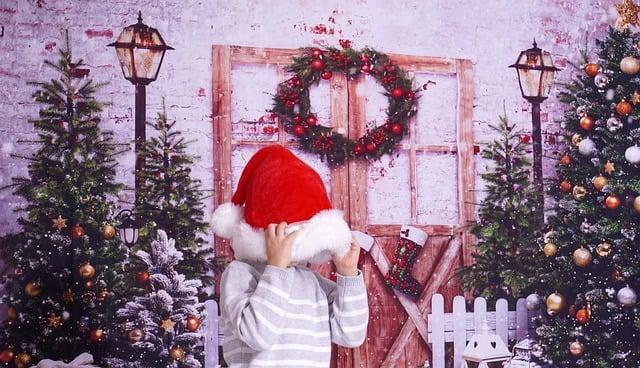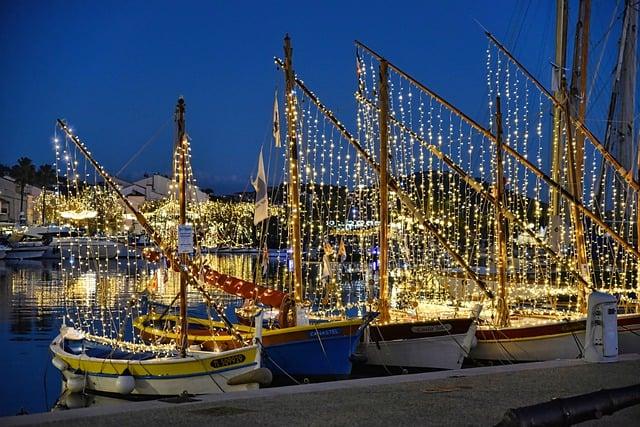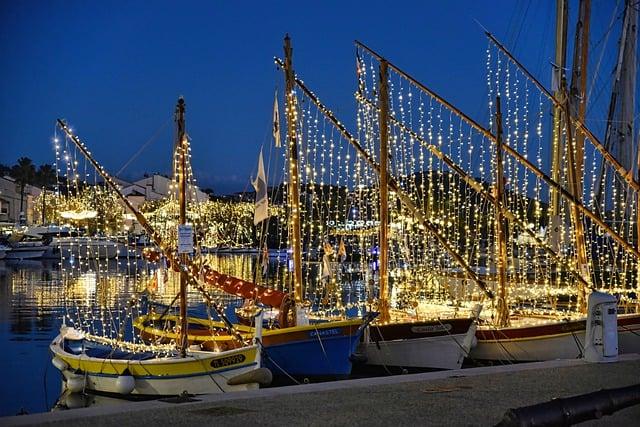Once upon a time in a small village, the winter nights were long and dark. One year, a kind-hearted woman named Elara decided to bring light to her neighbors’ hearts. She hung shimmering stars and colorful garlands around her home, inviting everyone to join her. As the village gathered, laughter and warmth filled the air. They shared stories, baked treats, and sang songs, transforming the cold into a celebration of togetherness. From that day on, decorating at Christmas became a cherished tradition, a reminder that even in darkness, light and joy can flourish when shared.
Table of Contents
- The Historical Roots of Christmas Decoration Traditions
- The Psychological Impact of Festive Decor on Well-Being
- Sustainable Decorating: Eco-Friendly Choices for the Holidays
- Creating a Personal Touch: Unique Ideas for Your Christmas Space
- Q&A
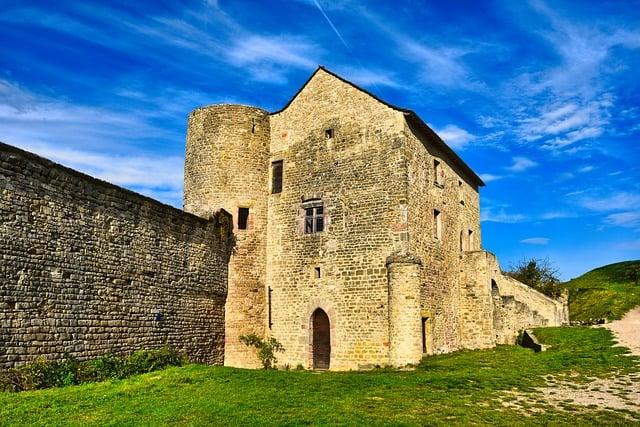
The Historical Roots of Christmas Decoration Traditions
The practice of adorning our homes during the festive season has deep historical roots that intertwine with various cultural and religious traditions. **Ancient civilizations** often celebrated the winter solstice, marking the return of longer days and the promise of spring. For instance, the Romans honored Saturn, the god of agriculture, with a festival called Saturnalia, where they decorated their homes with greenery and exchanged gifts. Similarly, the Celts celebrated Yule, bringing evergreen boughs into their homes as a symbol of life amidst the cold winter months. These early customs laid the groundwork for the elaborate decorations we see today, blending nature’s beauty with the spirit of celebration.
As Christianity spread throughout Europe, many of these pagan traditions were absorbed into the Christmas celebration. **Evergreen trees**, once a symbol of eternal life, became central to Christmas festivities, representing the everlasting love of God. The use of **lights** and **ornaments** evolved over time, with candles initially illuminating homes to symbolize Christ as the light of the world. In the 19th century, the introduction of glass ornaments and electric lights transformed Christmas decoration into a vibrant spectacle, reflecting the joy and warmth of the season. Today, these traditions continue to evolve, yet they remain rooted in a rich tapestry of history that celebrates life, hope, and community during the darkest days of winter.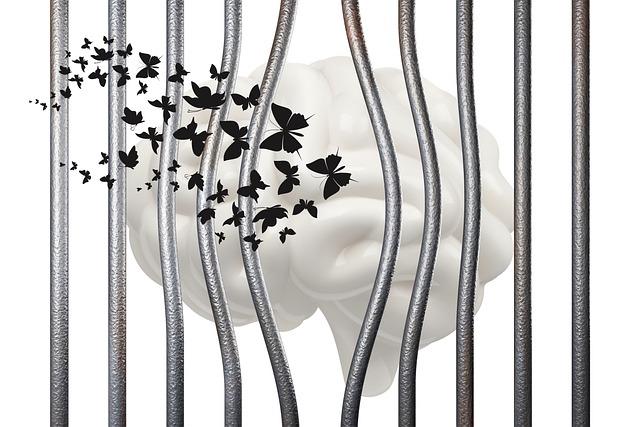
The Psychological Impact of Festive Decor on Well-Being
The act of adorning our spaces with festive decor during the holiday season transcends mere aesthetics; it plays a significant role in shaping our emotional landscape. **Colors, lights, and familiar symbols** evoke a sense of nostalgia, transporting us back to cherished memories of past celebrations. The twinkling lights and vibrant ornaments can stimulate the release of dopamine, the “feel-good” hormone, fostering feelings of joy and contentment. This sensory engagement not only enhances our mood but also creates a warm, inviting atmosphere that encourages social interaction and connection with loved ones.
Moreover, the ritual of decorating serves as a form of **self-expression and creativity**, allowing individuals to showcase their unique traditions and personal styles. Engaging in this creative process can be therapeutic, providing a sense of accomplishment and purpose. As we gather with family and friends to decorate, we strengthen our bonds and create shared experiences that contribute to our overall well-being. The festive decor becomes a backdrop for laughter, storytelling, and connection, reinforcing the idea that the holiday season is not just about the decorations themselves, but about the feelings and memories they help to cultivate.
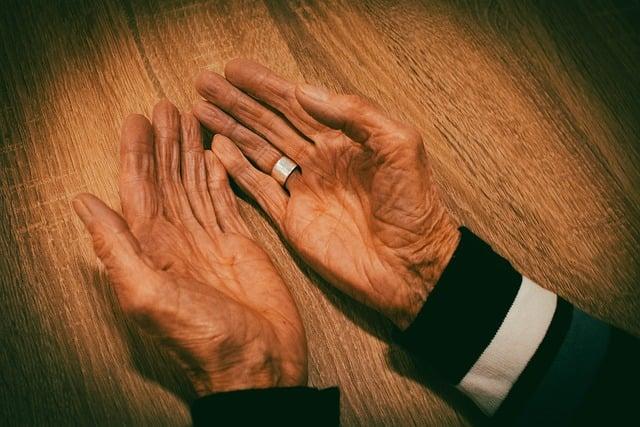
Sustainable Decorating: Eco-Friendly Choices for the Holidays
As the holiday season approaches, many of us find joy in transforming our homes into festive wonderlands. However, this year, consider making choices that not only beautify your space but also honor the planet. Embracing eco-friendly decorating can be as simple as opting for natural materials and sustainable practices. For instance, using **recycled ornaments**, **biodegradable garlands**, and **locally sourced decorations** can significantly reduce your environmental footprint while still creating a warm and inviting atmosphere.
Incorporating sustainable elements into your holiday decor can also inspire creativity and uniqueness. Think about crafting your own decorations from **upcycled materials** or **natural items** like pinecones, branches, and dried fruits. You might also explore the beauty of **potted plants** or **living Christmas trees**, which can be enjoyed year after year. By choosing to decorate with intention, you not only enhance your home’s aesthetic but also contribute to a more sustainable future, making your holiday celebrations even more meaningful.
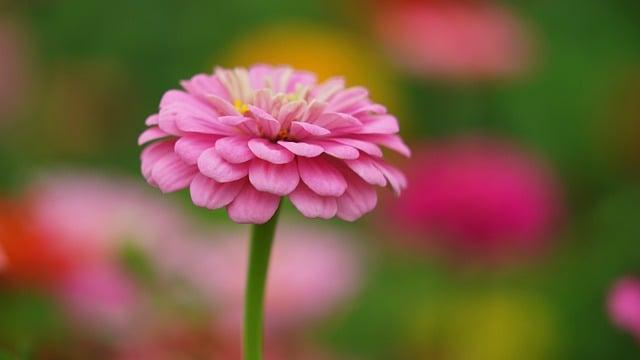
Creating a Personal Touch: Unique Ideas for Your Christmas Space
Transforming your Christmas space into a personal haven can be a delightful endeavor that reflects your unique style and cherished memories. Consider incorporating **handmade ornaments** that tell a story, such as those crafted from family photos or materials collected during travels. You might also explore the idea of a **themed tree**, where each ornament represents a different chapter of your life, from childhood favorites to recent adventures. Adding **personalized stockings** for each family member can create a warm and inviting atmosphere, making the space feel truly special.
Another way to infuse your personality into your holiday decor is by creating a **memory wall** adorned with festive cards, photos, and mementos from past celebrations. This not only adds a nostalgic touch but also sparks conversations and laughter among guests. Incorporating **scented candles** or **essential oil diffusers** with seasonal fragrances can enhance the ambiance, making your space feel cozy and inviting. consider using **natural elements** like pinecones, holly, or even a DIY wreath made from local greenery to bring the beauty of the outdoors inside, creating a harmonious blend of nature and festivity.
Q&A
-
What is the historical significance of Christmas decorations?
Christmas decorations have roots in ancient traditions, where people adorned their homes with greenery to symbolize life and renewal during the winter months. Over time, these practices evolved, incorporating various cultural elements, such as the use of lights to represent hope and joy.
-
How do decorations enhance the festive spirit?
Decorations create a visually appealing environment that fosters a sense of warmth and joy. They evoke nostalgia and bring families together, encouraging shared experiences and traditions that enhance the overall festive spirit of the season.
-
Are there specific symbols associated with Christmas decorations?
Yes, many decorations carry specific meanings. For example, evergreen trees symbolize eternal life, stars represent guidance (like the Star of Bethlehem), and lights signify hope and the triumph of light over darkness.
-
Why do different cultures have unique decoration styles?
Different cultures celebrate Christmas with unique customs and decorations that reflect their heritage and values. This diversity enriches the holiday experience, showcasing a variety of traditions, colors, and symbols that resonate with individual communities.
As the twinkling lights and vibrant ornaments adorn our homes, we embrace a timeless tradition that transcends generations. Decorating at Christmas is more than mere aesthetics; it’s a celebration of joy, togetherness, and the spirit of giving that unites us all.

大家好,我是彼得潘,專業的手法身體治療師。我喜歡探索和研究各種主題,並透過與人工智慧的合作分享專業、實用、有趣的文章。我們定期進行人工審核,以確保內容的準確性。如果您發現文章中有任何不準確的地方,請隨時與我們聯繫,我們會及時糾正。您可以透過 [email protected] 與我們聯繫。

